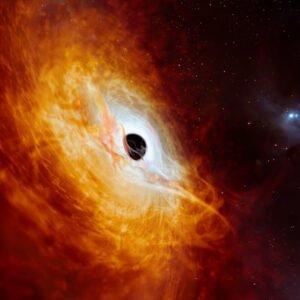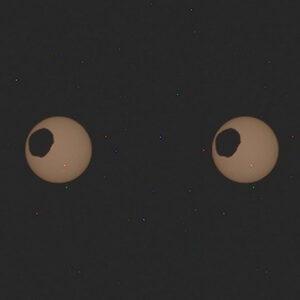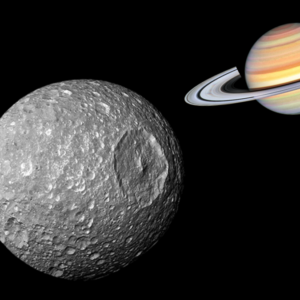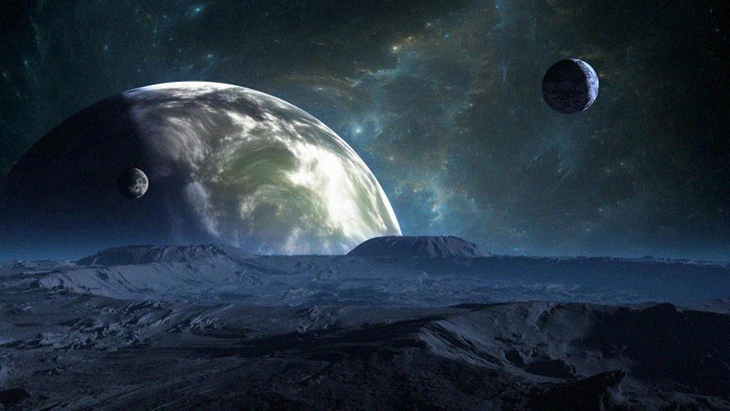
Outer space has always been of interest to man for a long time. And not just for astronomers and scientists. The endless possibilities of what is out there, also arouses the curiosity and interest of the ordinary individual, most likely due to the many sci-fi movies through the years. Since astronomers have confirmed the presence of planets beyond our solar system, referred to as exoplanets, humanity has always wondered how many are habitable. We are now closer to finding out the answer.
New research from data from NASA’s retired planet-hunting mission – the Kepler space telescope, around half the stars similar in temperature like our Sun could have a rocky planet capable of supporting liquid water on its surface. That basically means it could potentially support life.
Based on conservative estimates by experts, our galaxy may hold at least 300 million potentially habitable planets! Just think, it’s like saying almost every American can live on their own planet. The number is astonishing, who would have imagined there would be that many?
Some of those exoplanets may even be our interstellar neighbors, with at least four potentially within 30 light years from the Sun. Of course we still have to be able to travel at the speed of light, still it is remarkable. These are minimum numbers based on the conservative estimate that 7% of Sun-like stars host such worlds. And, the average may even be as high as 50% or more.
The importance of this research is that it helps us understand the potential for these planets to be able to support life. It is an essential part of astrobiology, or the study of origins of life and its future in the universe. This study was authored by NASA scientists who worked on the Kepler mission together with collaborators all over the world. Unfortunately, NASA retired the space telescope in 2018 after it ran out of fuel. But the 9 years it has been gathering data revealed that there are billions of planets in our galaxy – more than there are stars.
Lead author Steve Bryson, researcher at NASA’s Ames Research Center in California’s Silicon Valley, said, “Kepler already told us there were billions of planets, but now we know a good chunk of those planets might be rocky and habitable.” He continues, “ Though this result is far from a final value, and water on a planet’s surface is only one of many factors to support life, it’s extremely exciting that we calculated these worlds are this common with such high confidence and precision.”
To understand how the calculations came about, the team looked at exoplanets between a radius of 0.5 and 1.5 times that of Earth, focusing more likely on planets that are more likely rocky. Also, they focused on stars similar to our Sun in temperature (plus or minus up to 1500 degrees F.) and age.

But, that’s a wide range of stars, each with its own distinct properties which determine if the rocky planets in its orbit are capable of supporting liquid water. It is complex, and difficult to calculate how many possibly habitable planets are out there, even with the most powerful telescopes. So, the research team had to take a new approach.
Previous estimates of the occurrence rate ignored the relationship between the star’s temperature and the kind of light given off by the star and absorbed by the planet. The new analysis accounts for these relationships, and gives scientists a more complete understanding of whether or not a planet may have liquid water, and sustain life. This was made possible by combining Kepler’s final dataset of planetary signals with data about each star’s energy output. This came from the data from the European Space Agency’s Gaia mission.
Ravi Kopparapu, the author on the paper and a scientist at NASA’s Goddard Space Flight Center in Maryland, said, “We always knew defining habitability simply in terms of a planet’s physical distance from a star, so that it’s not too hot or cold, left us making a lot of assumptions. Gaia’s data on stars allowed us to look at these planets and their stars in an entirely new way.”
Gaia provided information regarding the amount of energy from a host star that falls on a planet, based on the star’s flux – or total amount of energy that is emitted in a certain area over a certain time. This allowed the researchers to approach their analysis in a way that recognized the diversity of the stars and solar systems in our galaxy. As Kopparapu put it, “Not every star is alike…and neither is every planet.” simple and logical really.
More research is surely needed to know the exact effect of how a planet’s atmosphere figures into how much light is needed to allow liquid water on the surface. A conservative estimate by the researchers showed an occurrence rate of about 50% – which means around half of Sun-like stars have rocky planets capable of hosting liquid water on their surfaces. An optimistic estimate puts it at 75%. Seems really remarkable.
Analyzing Kepler’s data built a legacy for future research and the occurrence rate sets the stage on how common these potentially habitable planets can be. Future research will refine the rate, and who knows what other developments the future will hold.
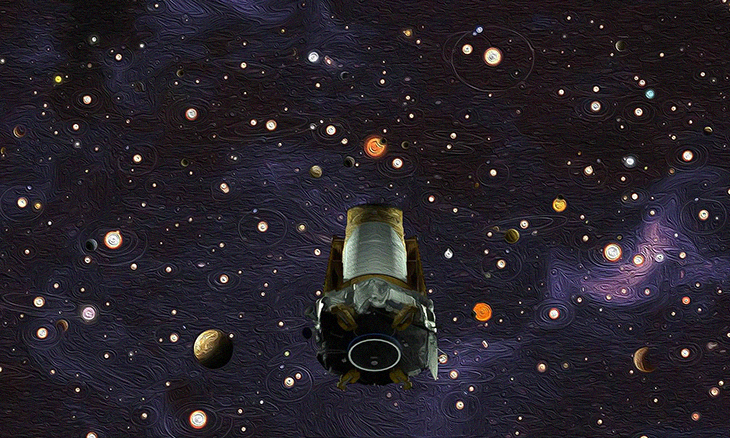
Michele Kunimoto, co-author who worked on the paper after completing her doctorate on exoplanet occurrence rates at the University of British Columbia, said, “Knowing how common different kinds of planets are is extremely valuable for the design of upcoming exoplanet-finding missions.” She recently joined the Transiting Exoplanet survey Satellite (TESS) team at MIT in Cambridge, Massachusetts. “Surveys aimed at small, potentially habitable planets around Sun-like stars will depend on results like these to maximize their chance of success,” she explained.
The data collected by the Kepler space telescope continues to provide significant discoveries about our place in the universe. It revealed 2,800 confirmed planets outside the solar system. However, its view covered only 0.25% of the sky, its data has provided scientists the ability to extrapolate what the mission data means for the rest of the galaxy. The work continues with TESS, the current planet-hunting telescope.
Bryson stated, “To me, this result is an example of how much we’ve been able to discover just with that small glimpse beyond our solar system. What we see is that our galaxy is a fascinating one, with fascinating worlds, and some that may not be too different from our own.”
Imagine what Galileo would give to be able to witness what current astronomers are observing. The future does seem bright, particularly for space exploration. To quote Captain Kirk in Star Trek – “ To explore strange new worlds, to seek out new life and new civilizations, to boldly go where no one has gone before…” It does not seem too far-fetched nowadays.
What are your thoughts? Please comment below and share this news!
True Activist / Report a typo
